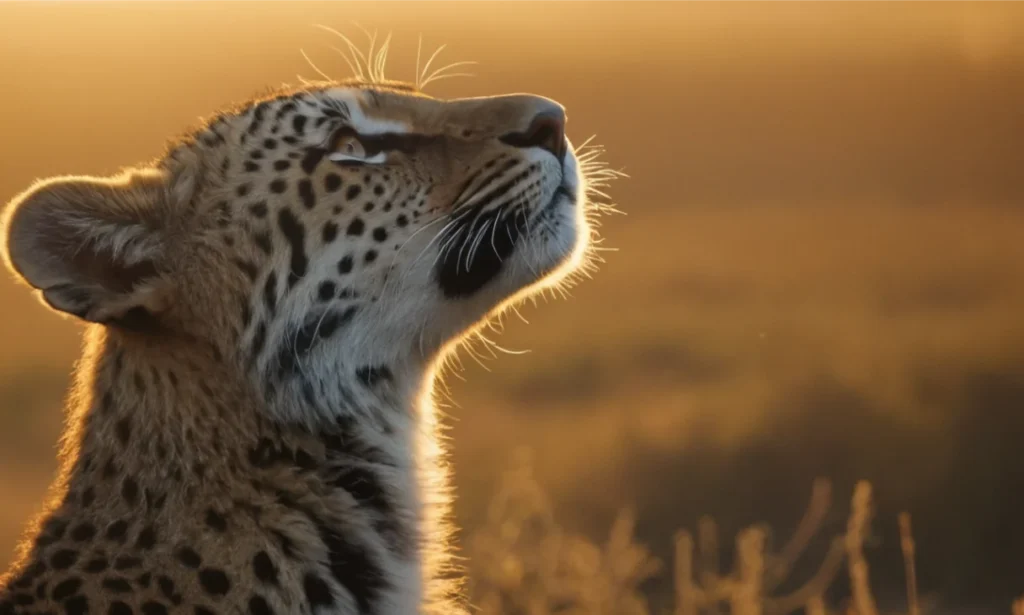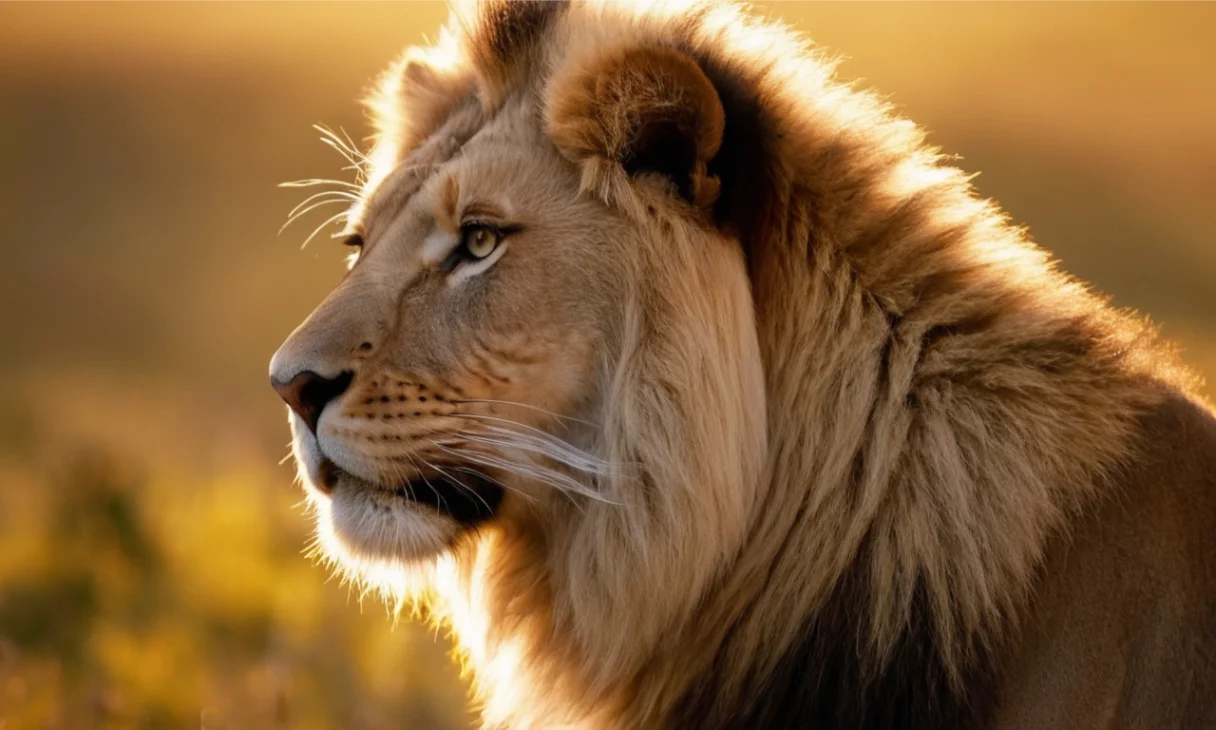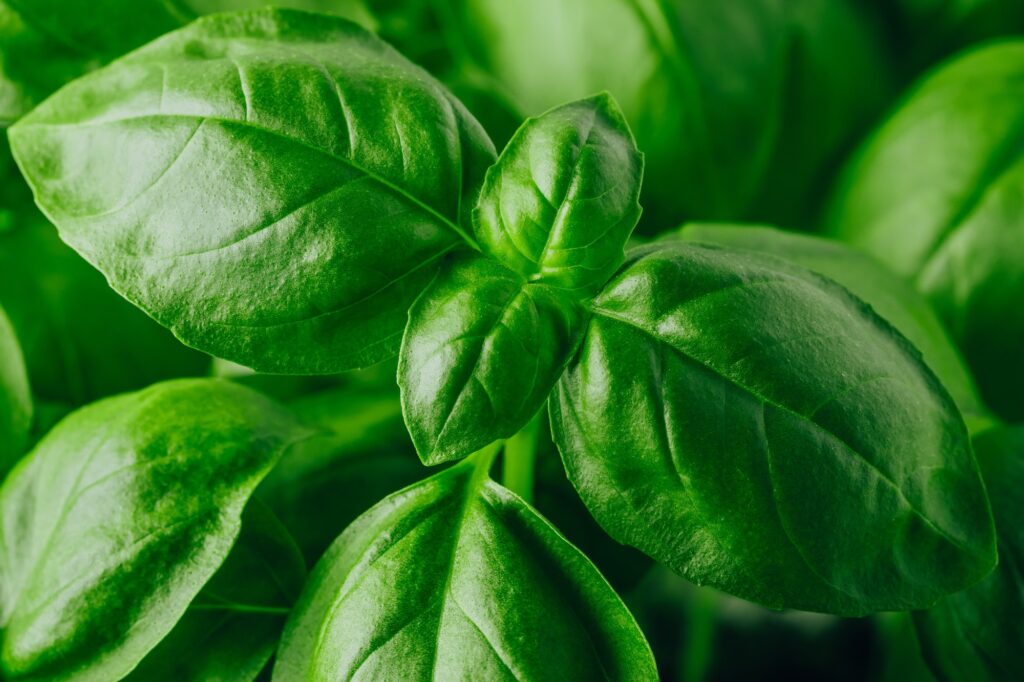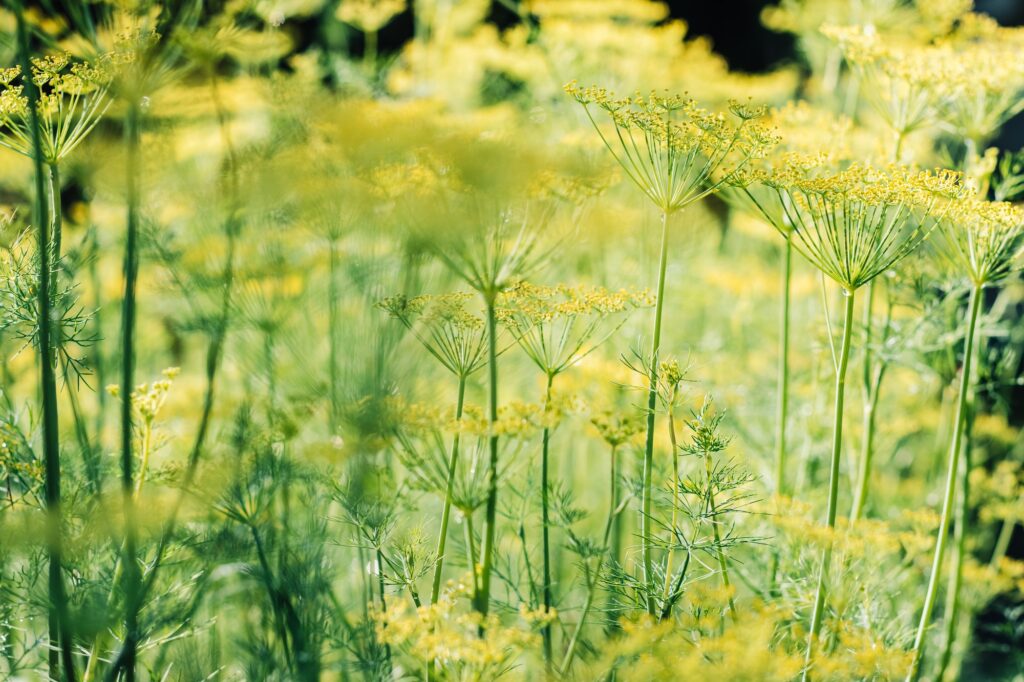Have you ever wondered, “What is my spirit animal?” Many cultures and spiritual traditions around the world incorporate animal guides, also known as spirit animals or totem animals. Your spirit animal is an animal that you feel a deep connection with – it often reflects your core values, personality traits, talents, and more.
Discovering your unique spirit animal can be a fun way to gain insight about yourself. It can even inspire self-growth by showing you the animal attributes and archetypal energies you identify with most. Read on for a complete introduction to spirit animals.
What is a Spirit Animal?
A spirit animal is essentially an animal you closely identify with or share personality traits with. We all have aptitudes, quirks, desires, and lifestyles that closely match various animals. Your spirit animal provides a mirror for you to better know your deeper self.
Examples of spirit animals are often majestic, powerful creatures like eagles, lions, and bears. But your spirit animal could also be a humble creature like a mouse or turtle. There’s meaning and worthiness in all living beings.
Having a spirit animal suggests that you intuitively observe the world. You see the interconnected nature of creation. You notice animal behaviors and how they reflect your humanity to you.
Key Aspects of Spirit Animals
Your spirit animal typically represents some of the following about your essence:
- Personality attributes – Much like personality tests based on archetypes or animals, your spirit totem says something about your core strengths, weaknesses, quirks, and more.
- Values or life philosophy – The animal you most identify with portrays what principles and ethical code you live by. Their lifestyle and family rituals translate to your spiritual perspective.
- Challenges, life path or purpose – Your animal spirit guide gives you clues about key obstacles to overcome or your calling in life. Observing the animal’s habits, place in nature, and environment lend hints at your destiny.
- Emotions or sensibilities – Certain feelings best describe who you are at the core. Your spirit animal displays physical features or behaviors tied to your innate sensitivities, processing, and emotional wisdom.
- Ways of thinking – You have a cognitive style. The animal you’re most akin to processes the world through certain instincts and mental strategies similar to your own.
- Talents or abilities – Your capabilities and what comes easily to you have a parallel in the animal kingdom. Discover your efficiencies through a creature who shares them.
- Relationships with others – Much like animals cohabitate in families and groups, people form dynamic relational circles. Your spirit animal exhibits strengths in how it relates, leads or retreats.
There are other subtle nuances that a shared animal essence may reveal about who you are. The point is to contemplate the many angles and look for the uncanny overlaps with the animal companion you feel tied to.
How to Discover Your Spirit Animal
Many people are curious to know, “what is my spirit animal?” There are quite a few techniques you can try:
Take an online spirit animal quiz
While less customized, this option provides a starting point. Online quizzes draw from your existing knowledge about creature symbolism and meanings. Questions determine which animals you’re currently drawn toward.
Notice recurring animals in your surroundings
Being attentive to animals frequently appearing in your waking life lends clues. Keep an eye out for animals you most commonly see in nature, in decor, in books and media or symbolic dreams. Their regular appearance probably makes them a top spirit animal contender.

For example, recurring sightings of hawks might mean it’s one of your power animals.
Study animal symbolism or meanings
By studying the historic and spiritual significance of various animals, you gather helpful information. See what creature you identify with based on meanings commonly ascribed to specific animals.
For starters, learn about these major animal archetypes and what attributes they signify:
- Eagle – leadership, vision, pride
- Lion – courage, royalty, assertion
- Tiger- strength, independence, ferocity
- Wolf – loyalty, communication, teamwork
- Bear – inner knowledge, solitude, protectiveness
- Owl – intuition, wisdom, persistence
- Fox – cunning, charm, wit
- Butterfly – transformation, grace, inner child
- Horse – freedom, power, nobility
- Elephant – dignity, faithfulness, purposefulness
- Turtle – self-protection, resilience, creative endurance
There are numerous mythological and spiritual meanings ascribed to animals far too extensive to list here. Yet over time you’ll find recurring themes about the essence of various creatures. Compare these against your identity to determine potential spirit animals.
Try guided meditation or shamanic journeying
Going into an open, relaxed state while intentionally seeking your animal guide can produce answers. There are many guided meditations and shamanic “spirit flight” audio programs aimed to introduce you to power animals. Listening while receptive to what you see internally is key.

Pay attention to signs in dreams or visions
Our unconscious mind produces symbolic imagery as clues to our waking life. Dreams often feature animals, indicating they hold metaphoric meaning. Pay attention to animals recurring in your dreams or spontaneous waking visions. What might these creatures represent about you?
Consult an animal intuitive or energy healer
Those with extra sensory capabilities like communicating with animals, reading energies or accessing non-physical guidance can relay helpful details. They act as a translator to gather otherwise unseen information about your spirit animal connections.
Trust your intuition
No amount of quizzes, research or advice outweighs what your personal radar picks up. The whole point of recognizing a spirit animal is its ability to magnify your self-awareness. Go with whatever animal you intuitively feel aligned with.
Regardless the approach, when exploring your spirit animal remain open and inquisitive. There’s no definitive way to pinpoint one animal. Pay attention to all ideas and signs that arise. Over time patterns make certain creature connections clearer than others.
Bonding With Your Spirit Totem
Once you’ve identified your spirit guide, you can nurture the relationship through some of these activities:
- Learn about your spirit animal’s traits, lifestyle and environment
- Watch nature documentaries focusing on your animal
- Read folklore, myths and fables about your creature
- Collect artistic renditions like drawings or figurines
- Be open to additional animal signs appearing
- Find kinship with people who share your spirit guide
- Support animal conservation efforts related to your totem
- Express your animal’s attributes more often
- Dress or decorate your space with your spirit animal in mind
- Get a symbolic tattoo with your spirit animal art
Stay curious, imaginative and attentive to messages this kindred creature sends you. Their medicine and magic will only enrich your self-discovery.
Different Kinds of Spirit Animals
There’s an array of terminology used to describe various types of animals we feel deeply tied to. A few key definitions:
- Spirit animal – An animal you closely identify with and represents your essence
- Totem animal – An animal spirit who acts as your teacher, guide or protector
- Power animal – Provides you energetic resources, healing and personal power
- Animal familiar – An animal companion who joins you in magical practice
- Kin animal – An animal you consider literal family and feel at home with
- Theriomorph – An animal identity integral to your sense of self
- Furry persona – An anthropomorphic character representing your personality
- Pet animal – Chosen animals welcomed into your home and cared for
- Patronus – Your magical guardian conjured through positive feelings
As you can see, not all animal identities serve the same purpose. Yet they often overlap. Your spirit animal may also act as a power animal who sometimes literally visits you energetically.
Someone’s theriomorph deer identity has kinship with their live pet deer too. Plus they have a deer fursona and a stag patronus for good measure!
The terminology is less important than your meaningful connections. Follow your intuition when characterizing special animals in your life.






